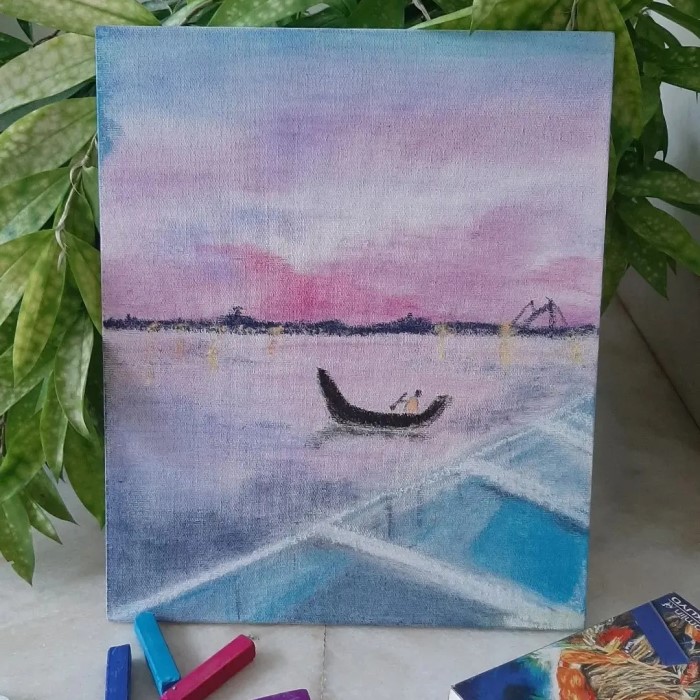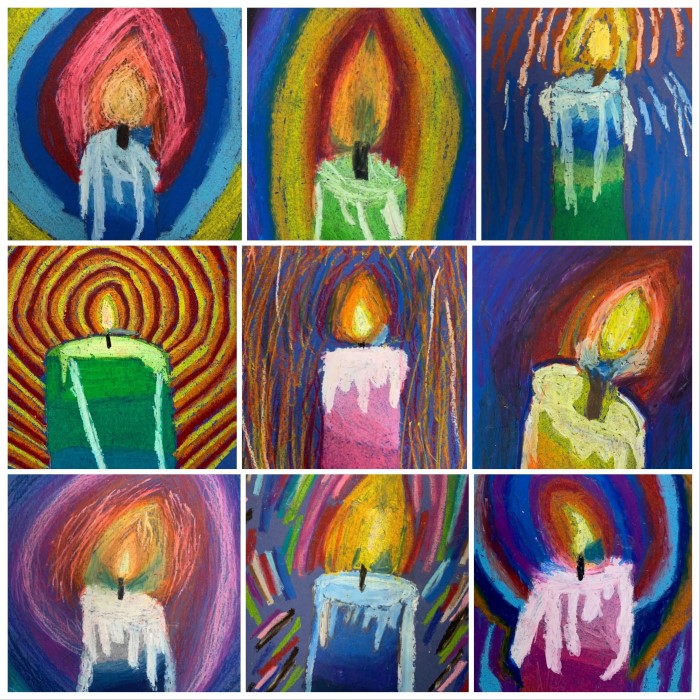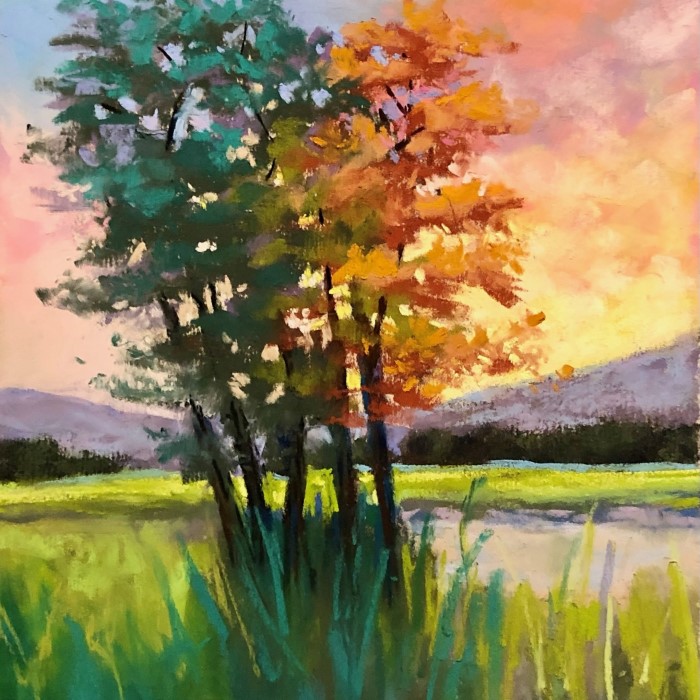Introduction
Pastel art is a fascinating medium appreciated by artists and enthusiasts worldwide. It offers vibrant colors, unique textures, and an incredible range of artistic possibilities. This section explores the foundation of pastel art, including its definition and historical roots.
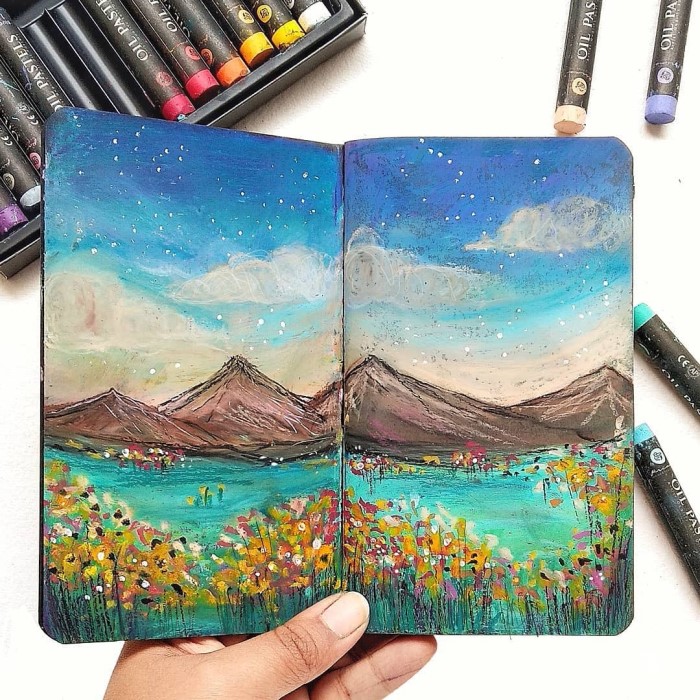
What is Pastel Art?
Pastel art involves using pastel sticks to create colorful drawings and paintings. These sticks are made from powdered pigments mixed with a binder, giving them a soft and blendable texture. Pastels allow artists to create vibrant artworks that are both vivid and expressive. The medium is versatile, suitable for detailed artwork and bold impressions alike. Artists can layer, blend, or use pastels on various textured paper to achieve rich effects.
Brief History of Pastel Art
Pastel art has a long and rich history dating back to the 15th century. Early usage is credited to Leonardo da Vinci, who used pastels for quick sketches. During the 18th century, pastel art gained popularity in Europe, particularly among portrait artists. Artists like Rosalba Carriera revolutionized pastel techniques for portraiture. The medium evolved further in later centuries, with modernists and impressionists like Edgar Degas and Mary Cassatt adopting pastels. Today, pastel art continues to thrive, appreciated for its distinct qualities and historical significance.
The Types of Pastels and Their Uses
Pastels come in various types, each suited for specific artistic applications. Understanding the types of pastels allows artists to choose the medium that matches their style or project.
Soft Pastels
Soft pastels are the most common type of pastels. They produce vibrant and rich colors, ideal for blending and layering. Made from pure pigment and minimal binder, they are soft and crumbly. Artists often use them for detailed or textured work. Soft pastels work best on textured paper to hold the pigment effectively.
Oil Pastels
Oil pastels have a creamy and thick consistency. They contain pigment mixed with wax and oil binders. Unlike soft pastels, oil pastels are resistant to smudging and require no fixative. They produce bold, glossy effects and are great for impasto techniques. Their versatility makes them suitable for working on various surfaces, including paper, canvas, and wood.
Pastel Pencils
Pastel pencils combine the qualities of pastels with the precision of pencils. They are encased in wood, allowing for detailed and controlled strokes. This type is ideal for intricate designs or outlines. They are less messy than soft pastels and are great for beginners. Artists often use pastel pencils to add finishing touches or refine details in their artwork.
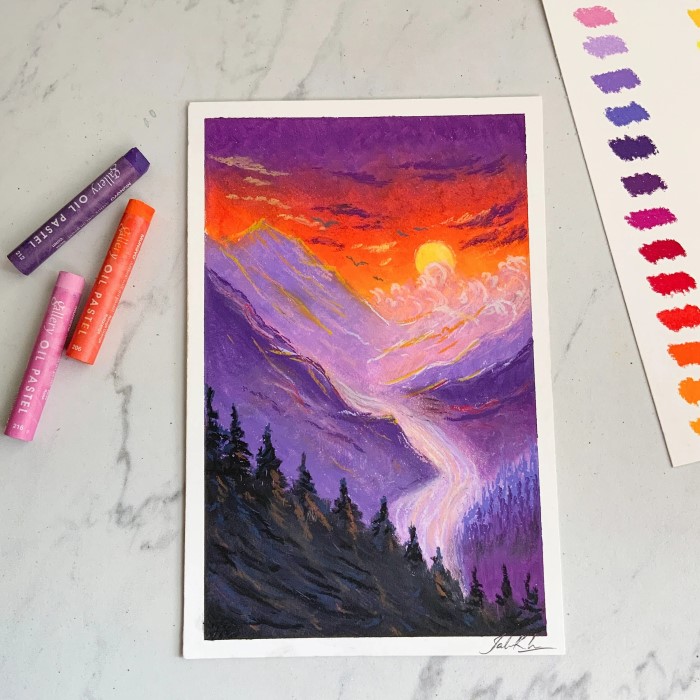
Essential Tools and Materials
Creating pastel art requires specific tools and materials. These ensure the best results and enhance your creativity. Using the right supplies makes your artistic process smoother and more enjoyable.
Paper and Surfaces
The choice of paper or surface impacts the final look of pastel art. Textured paper, such as sanded or velvety varieties, holds pastel pigments well. Canson Mi-Teintes and Pastelmat are popular for their durability and grip. Artists also use canvas or board for specific styles. The right surface allows smooth blending and layering of pastels, leading to vibrant and detailed results.
Smooth paper is less suitable for soft pastels but works well with pastel pencils. Many artists prefer darker-toned surfaces to create striking contrasts. Experimenting with different papers helps artists discover their preferences.
Fixatives and Blending Tools
Fixatives are essential for preserving pastel artwork. They prevent smudging and secure the pigments. Use a spray fixative during and after completing your artwork for lasting results. Lightly apply fixative layers to avoid altering the colors.
Blending tools help achieve smooth transitions between colors. Fingers, blending stumps, or tortillons are commonly used. For detailed work, cotton swabs or brushes are ideal. Sponges or cloths can also blend larger areas. Each tool adds a unique texture, enhancing the visual appeal.
Having the right tools ensures precision and longevity in your pastel creations. Whether you’re a beginner or experienced artist, investing in quality supplies makes a significant difference.
Techniques for Creating Stunning Pastel Artwork
Creating stunning pastel artwork requires mastering key techniques to bring your vision to life. Each method helps artists refine their skills and achieve unique effects.
Layering and Blending
Layering is vital in pastel art for building depth and richness. Start with light colors and gradually add darker shades. Apply gentle pressure to avoid oversaturating the surface. Use multiple layers to achieve complex tones.
Blending smooths out harsh lines and merges colors seamlessly. Fingers work well for large areas, while blending stumps are ideal for precision. Experiment with sponges or brushes for unique textures. Proper blending creates a polished and harmonious look.
Using Light and Shadows
Light and shadow add dimension and realism to pastel artwork. Identify your light source before starting. Use light pastels for highlights and darker shades for shadows. Focus on transitions to avoid harsh contrasts.
Soft pastels excel at creating glowing effects. Use mid-tones to balance highlights and shadows. Emphasizing light and shadow enhances the three-dimensional quality of your art.
Color Mixing Tips
Mixing colors with pastels requires a delicate approach. Layer different shades directly on the surface for natural blends. Avoid over-blending, as it can create muddy tones.
Experiment with complementary colors to create contrast and vibrancy. Use hatching or cross-hatching techniques for subtle mixing. Keep scrap paper nearby to test color combinations before applying.
By mastering these techniques, artists can elevate their pastel artworks to new heights. Practice regularly and explore personal styles to unlock the limitless potential of pastel art.
Famous Artists and Inspiring
Pastel art has inspired countless artists to create timeless masterpieces. This section highlights notable figures and their iconic works. Discover the talent and innovation behind this cherished medium.
Renowned Pastel Artists
- Edgar Degas: A celebrated French Impressionist, Degas elevated pastels in the 19th century. His works like “Dancers in Pink” showcase his mastery of motion and light.
- Mary Cassatt: An American artist, she skillfully used pastels for tender portraits, particularly of mothers and children. Her piece “Mother and Child” is widely admired.
- Rosalba Carriera: An 18th-century Venetian artist, Carriera paved the way for portraiture in pastels. Her refined techniques influenced generations.
- Odilon Redon: This French Symbolist infused emotion and mysticism into his pastel works. Famous pieces like “Ophelia Among the Flowers” demonstrate his imaginative style.
- Jean-Baptiste-Siméon Chardin: Known for his delicate still-life pastels, Chardin brought realism and charm to everyday objects.
These artists expanded the horizons of pastel art, leaving a lasting legacy.
Iconic Pastel Pieces Worth Exploring
- “The Star” by Edgar Degas: This dynamic portrayal of a ballerina highlights Degas’ energetic pastel techniques.
- “The Bath” by Mary Cassatt: A moving depiction of maternal intimacy, showcasing her talent with subtle color transitions.
- “Young Woman with a Parrot” by Rosalba Carriera: The delicate detailing in this portrait exemplifies Carriera’s mastery.
- “Cyclops” by Odilon Redon: A surreal and vivid example of Redon’s innovative use of pastels.
- “The Ray (Still Life)” by Chardin: This artwork captures the beauty of pastels in realistic still-life compositions.
Exploring these masterpieces provides a deeper appreciation of pastel art’s diversity and brilliance.
Benefits of Using Pastel as an Artistic Medium
Pastel art offers unique advantages that make it a favorite among artists. Its characteristics provide unmatched vibrancy, expressive textures, and adaptability. Here, we look deeper into the benefits of using pastel as an artistic medium.
Vibrancy and Texture
Pastels produce highly vivid and luminous colors. The pure pigment content ensures intense hues, impossible in many other mediums. You can create striking, eye-catching effects by combining these vibrant colors with the unique textures pastels offer.
Pastel sticks work best on textured paper. Surface textures enhance the depth and richness of pigments. Soft pastels blend seamlessly, yielding smooth and delicate transitions. Oil pastels offer thick and glossy effects, while pastel pencils bring precision for detailed work. These textures add character and warmth to artworks.
Versatility in Application
Pastels are one of the most versatile art mediums available. Artists can use them for realism, abstraction, or bold expressive creations. They suit diverse surfaces, including paper, canvas, wood, or even fabric. This flexibility encourages experimentation and extends creative possibilities.
Oil pastels’ creamy consistency enables vivid layering and bold strokes. Soft pastels excel at blending and shading, perfect for portraits and landscapes. Pastel pencils provide control for detailed elements. Whether you’re a beginner or an expert, pastel art consistently adapts to your desired style or approach.
The ability to layer, mix, and blend makes pastels highly versatile. Artists can achieve soft gradients or sharp contrasts effortlessly. Pastels bring limitless opportunity to create stunning, compelling artworks.
How to Get Started
Embarking on your journey in pastel art can be both exciting and rewarding. This section provides practical advice for beginners to confidently start creating stunning artworks. From essential techniques to avoiding common pitfalls, these tips will simplify your artistic process.
Beginner Tips and Tricks
- Start with basic tools: Invest in soft pastels, textured paper, and a fixative spray. These are beginner-friendly supplies.
- Learn simple techniques: Practice layering and blending colors. Use light pressure to avoid damaging your surface.
- Experiment with surfaces: Try different textured papers to discover your preference. Dark paper adds striking contrast.
- Sketch outlines first: Lightly sketch your design using a pencil or pastel pencil to guide your artwork.
- Focus on small projects: Begin with simple images like fruits or landscapes to build confidence and skills.
- Understand color theory: Experiment with complementary and contrasting colors. Test blends on scrap paper before applying them.
- Utilize blending tools: Fingers, stumps, or brushes can create smooth transitions and interesting textures.
- Take breaks to observe: Step back often to view your artwork. This helps refine details and overall composition.
- Keep your workspace clean: Pastels can be messy. Use a cloth under your hands to avoid smudging your work.
Common Mistakes and How to Avoid Them
- Over-blending pigments: Avoid excessive mixing, as it can muddy colors. Blend softly to maintain vibrancy.
- Skipping fixative: Never forget to use fixative spray. It prevents smudges and preserves your finished artwork.
- Using the wrong surface: Smooth paper lacks grip for soft pastels. Opt for textured paper for better results.
- Over-layering pastels: Adding too many layers risks saturating the surface. Work with lighter pressure and fewer layers.
- Ignoring light and shadows: Failing to highlight and shade leads to flat visuals. Use contrasts for depth.
- Starting with large projects: Complex pieces can be overwhelming. Begin with manageable designs before tackling detailed portraits.
- Not cleaning tools: Dirty blending tools can ruin colors. Clean them regularly for sharp results.
- Rushing the process: Take your time. Speed can lead to uneven textures and reduced detail quality.
By applying these beginner tips and avoiding common mistakes, you’ll grow your pastel art skills quickly and effectively.
Caring for and Preserving Pastel Artwork
Pastel artwork is delicate and requires special care to maintain its quality over time.
Proper Framing Techniques
- Use glass or plexiglass: Always frame pastel artwork under glass or plexiglass. This shields it from dust and smudges.
- Include a spacer: Keep the pastel work from directly touching the glass using a spacer or mat board.
- Choose acid-free materials: Use acid-free mats and backing boards to prevent discoloration or paper degradation.
- Seal the frame: Ensure the backing is securely sealed to block moisture and air exposure.
- Avoid direct sunlight: Hang your artwork away from sunlight to prevent fading.
Maintaining Color Vibrancy Over Time
- Handle with care: Always handle pastel artwork gently to protect its fragile surface.
- Store horizontally: Lay pastel works flat and avoid stacking them to prevent smudging.
- Avoid high humidity: Keep artworks in a cool, dry space to reduce the risk of mold.
- Use fixatives sparingly: Lightly spray fixatives to secure pigments without dulling vibrant colors.
- Clean glass regularly: Dust the glass covering without applying pressure on the artwork itself.
- Rotate displays: Limit prolonged exposure to light by rotating your displayed pastel artworks periodically.
Regular care and smart storage practices ensure your pastel masterpieces retain their brilliance for years.
Conclusion: Embrace Your Artistic Journey
In conclusion, exploring the beauty of pastel art provides endless opportunities for creativity and expression. With the right techniques and materials, artists can create stunning works that captivate viewers. Whether you are just starting or are already experienced, mastering pastel techniques will enhance your artistry significantly.
As you journey through the world of pastel art, remember that practice is key. Embrace your creativity, experiment with different methods, and let your unique style shine. The vibrant and soft qualities of pastels await you, inviting you to explore their beauty fully. So grab your pastels, choose your surface, and start your artistic adventure today!
